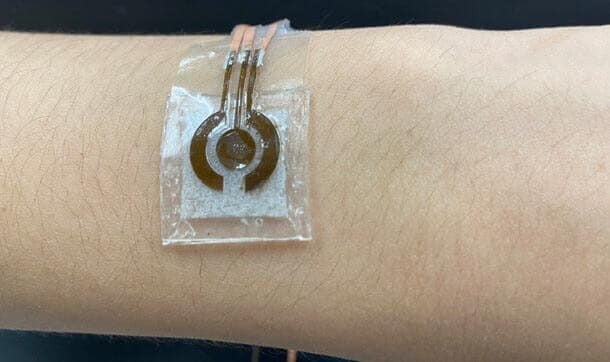For those who have diabetes or are at risk of getting it, controlling blood sugar levels is essential. Traditional fingerstick tests, while effective, can be cumbersome and sometimes painful. This is where Continuous Glucose Monitors (CGMs) come into play. But should you use a Continuous Glucose Monitor? In this blog, we will explore the benefits, considerations, and potential drawbacks of CGMs to help you make an informed decision.
What Are Continuous Glucose Monitors?
Continuous Glucose Monitors (CGMs) are devices that track your blood sugar levels in real-time throughout the day and night. Unlike traditional glucose meters that require a fingerstick blood sample, CGMs use a small sensor inserted under the skin to measure glucose levels in the interstitial fluid. This sensor transmits data to a receiver or a smartphone app, providing continuous updates on your glucose levels.
Benefits of Using Continuous Glucose Monitors
Real-Time Monitoring
One of the most significant advantages of Continuous Glucose Monitors is real-time monitoring. CGMs provide continuous updates on your blood sugar levels, allowing you to see how your levels fluctuate throughout the day. This can help you identify patterns and make timely adjustments to your diet, exercise, and medication.
Reduced Fingerstick Testing
For those who find fingerstick testing painful or inconvenient, CGMs can be a game-changer. While occasional fingerstick tests are still required to calibrate the device, the overall need for them is significantly reduced. This can lead to improved compliance and better blood sugar management.
Alerts for Highs and Lows
Continuous Glucose Monitors come with customizable alerts that notify you when your blood sugar levels go too high or too low. These alerts can be life-saving, especially during the night when hypoglycemia can go unnoticed. By catching these extremes early, you can take immediate action to correct your levels.
More Read About : Continuous Glucose Monitors: Revolutionizing Diabetes Care
Improved Glycemic Control
Studies have shown that using CGMs can lead to better glycemic control. By providing more detailed information about your glucose levels, CGMs help you make more informed decisions about your treatment. This can result in lower HbA1c levels and a reduced risk of diabetes-related complications.
Considerations Before Using a Continuous Glucose Monitor
Cost
One of the primary considerations when deciding to use a Continuous Glucose Monitor is the cost. Because CGMs can be costly, not all insurance plans will pay for them. It’s essential to check with your insurance provider and factor in the costs of sensors, transmitters, and other supplies.
Calibration Requirements
While CGMs reduce the need for frequent fingerstick tests, they still require occasional calibration. This involves using a traditional glucose meter to ensure the CGM readings are accurate. Failure to calibrate as needed can lead to inaccurate readings and potentially dangerous decisions based on incorrect data.
Skin Reactions
Some users may experience skin reactions to the adhesive used to secure the CGM sensor. This can range from mild irritation to more severe allergic reactions. It’s essential to monitor your skin’s response and consult your healthcare provider if you experience any issues.
Learning Curve
Using a Continuous Glucose Monitor requires some initial learning. Understanding how to insert the sensor, interpret the data, and respond to alerts can take time. Most CGM manufacturers provide comprehensive training and support, but it’s important to be prepared for a learning curve.
How to Decide If a Continuous Glucose Monitor Is Right for You
Consult Your Healthcare Provider
The first step in deciding whether to use a Continuous Glucose Monitor is to consult your healthcare provider. They can help you assess your individual needs, review your medical history, and determine if a CGM is a suitable option for you.
Evaluate Your Lifestyle
Consider how a CGM will fit into your lifestyle. Are you tech-savvy and comfortable using new devices? Are you willing to invest the time and effort required to learn how to use a CGM effectively? It’s important to know that you are willing and able to adjust to this new technology.
Weigh the Pros and Cons
Weigh the benefits of real-time monitoring, reduced fingerstick testing, and improved glycemic control against the potential drawbacks of cost, calibration requirements, and skin reactions. By carefully considering these factors, you can make an informed decision about whether a CGM is right for you.
Conclusion
Continuous Glucose Monitors offer numerous benefits for individuals managing diabetes or at risk of developing the condition. With real-time monitoring, customizable alerts, and improved glycemic control, CGMs can significantly enhance your ability to manage your blood sugar levels. However, it’s essential to consider the cost, calibration requirements, and potential skin reactions before making a decision. By consulting with your healthcare provider and evaluating your lifestyle, you can determine if a Continuous Glucose Monitor is the right tool to help you stay on top of your health.


